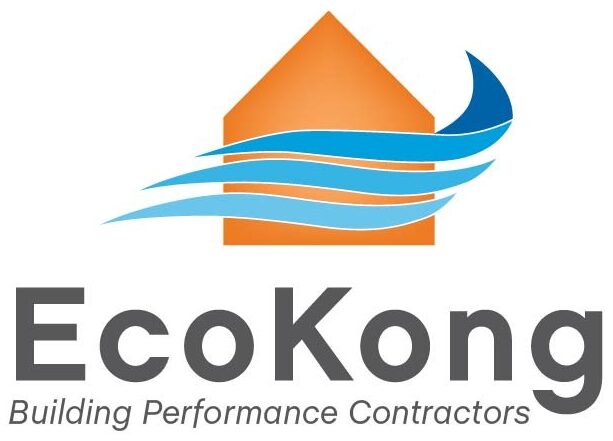What the 2015 IECC Means for Homeowners
The International Energy Conservation Code (IECC) sets the standard for residential energy efficiency measures making homes more efficient when building new homes and retrofitting existing homes. The IECC was developed by the International Code Council to meet the industries energy efficiency needs. Most states have adopted energy codes, though as of 2016, 13 states were operating under the 2012 IECC, 19 were operating under the 2009 IECC and 8 states have already adopted the 2015 IECC. The big change in the IECC 2015 was the enhancement of building envelope air tightness and duct leakage tightness requirement, along with the introduction of the Energy Rating Index (ERI). These two requirements both can help homebuyers make better-informed purchase and renovation decisions in regard to a home’s energy performance compared to other similar homes.
The ASTM E779 and ASTM E1827 are the new standard test measures adopted by the IECC 2015 with reduced air leakage requirements. Both of these requirements have had some push back in the industry from contractors who believe that the measures are too stringent, but have been embraced by others who have adopted the mindset to save more and waste less when it comes to a building’s energy performance, leading to better comfort, safety and efficiency wasting less energy and saving more dollars (contact a contractor familiar with these new standards before you start your next project). The ERI (Energy Rating Index) is the other big change that allows flexibility to bring in third party raters to give the home or building a numerical score. The lower the score the more efficient the home or building with zero being a net zero home (wasting no energy). These goals are based on climate zones and can give homebuyers another simple way to compare homes. For example a home with a score of 100 is about as efficient of home you can get based on the 2006 IECC. Its important for homeowners to check with their state energy codes to see which IECC they have adopted.
Homeowners can benefit a lot by the new ERI scoring system, because it makes it as simple to understand as comparing fuel efficiency in a car. The higher the MPG (miles per gallon), the more efficient the vehicle will be, while opposite is true when it comes to the Energy Rating Index (ERI), the lower the score the more efficient. When renovating an existing home or purchasing a new home make sure you contact a company who is familiar with these new codes and rating systems, to make sure you get the most efficient standards applied to your new or existing home. You can still require the contractor to follow these new 2015 standards even though your state has not adopted them yet. Make sure you work with a rater consultant and/or contractor who is knowledgeable about these codes. For more information contact EcoKong at 480-788-7718 by email at info@ecokong.org or visit us at our website www.ecokong.org

